
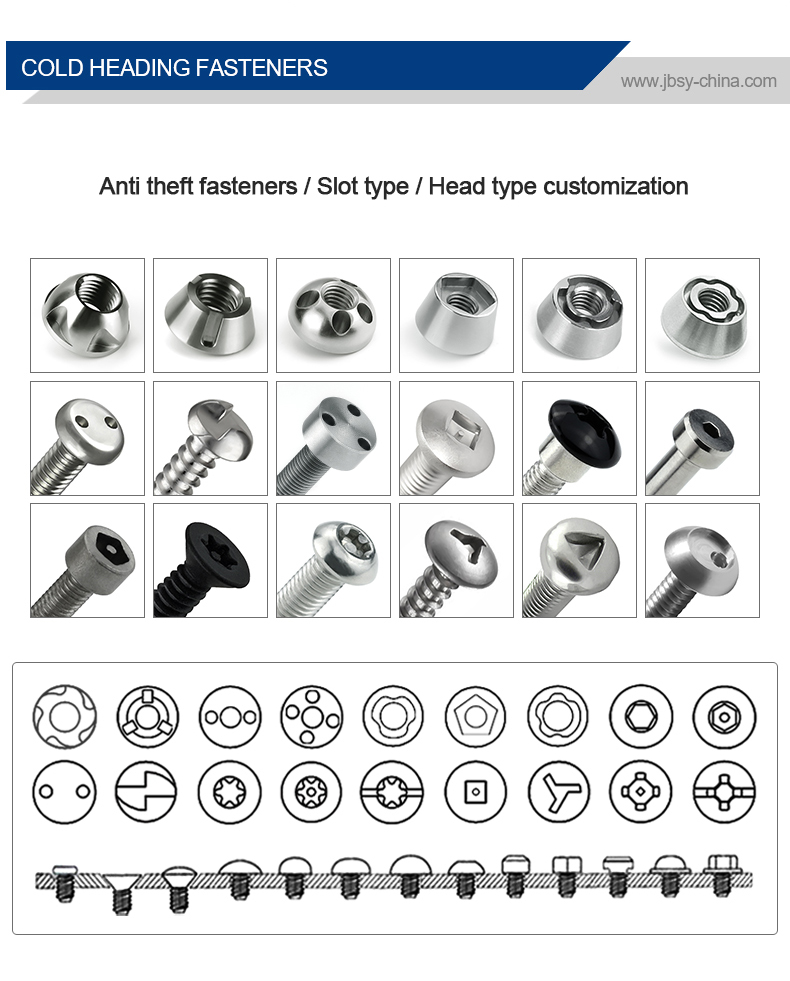
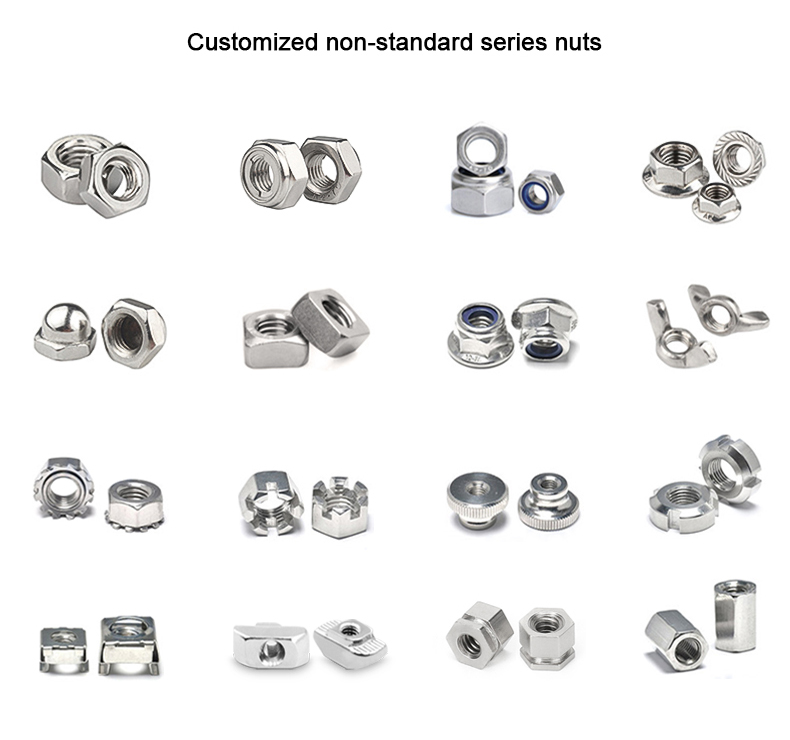
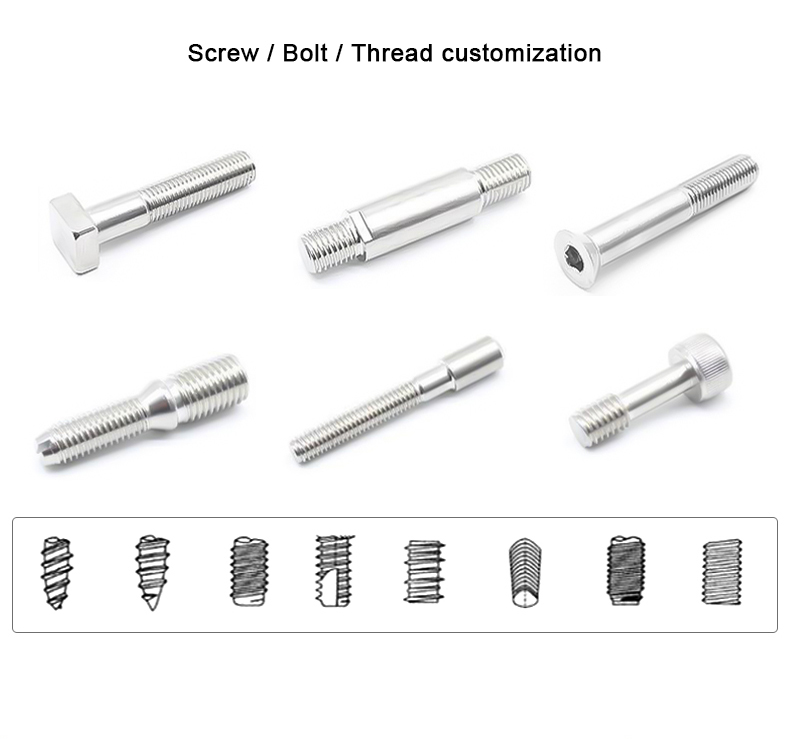
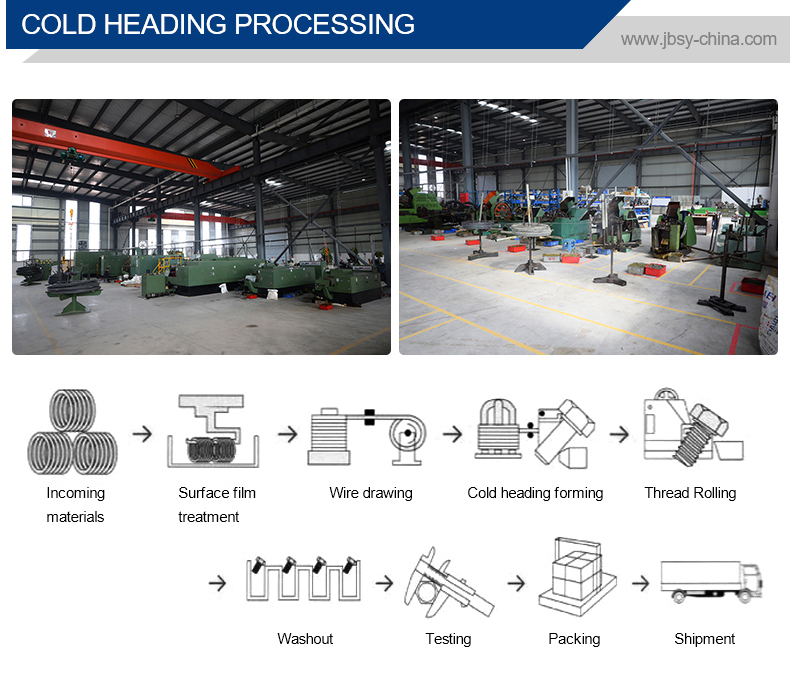
Cold heading process is one of the new processes for pressure machining of less or no cutting
metal. It is a processing method that utilizes the plastic deformation of metal under the action of
external forces, and with the aid of molds, redistributes and transfers the volume of metal to form
the required parts or blanks. The cold heading process is most suitable for producing standard
fasteners such as bolts, screws, nuts, rivets, and pins.etc
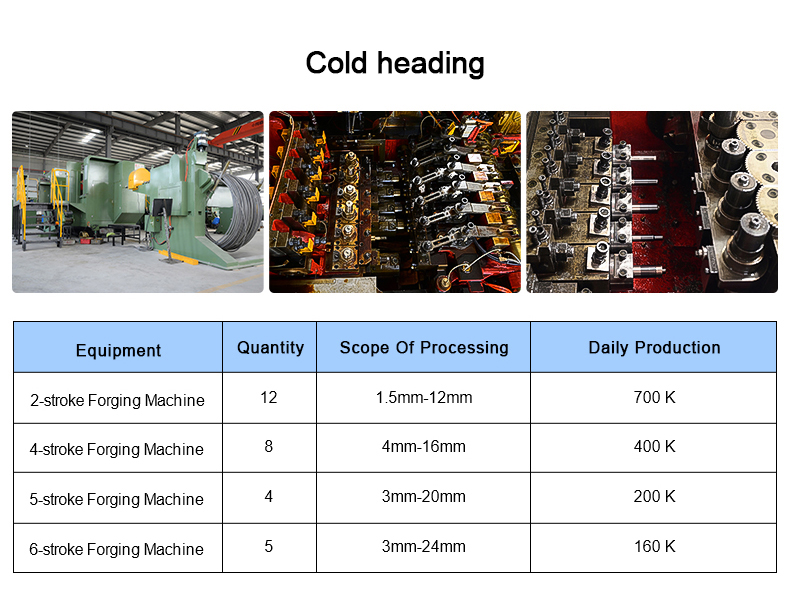
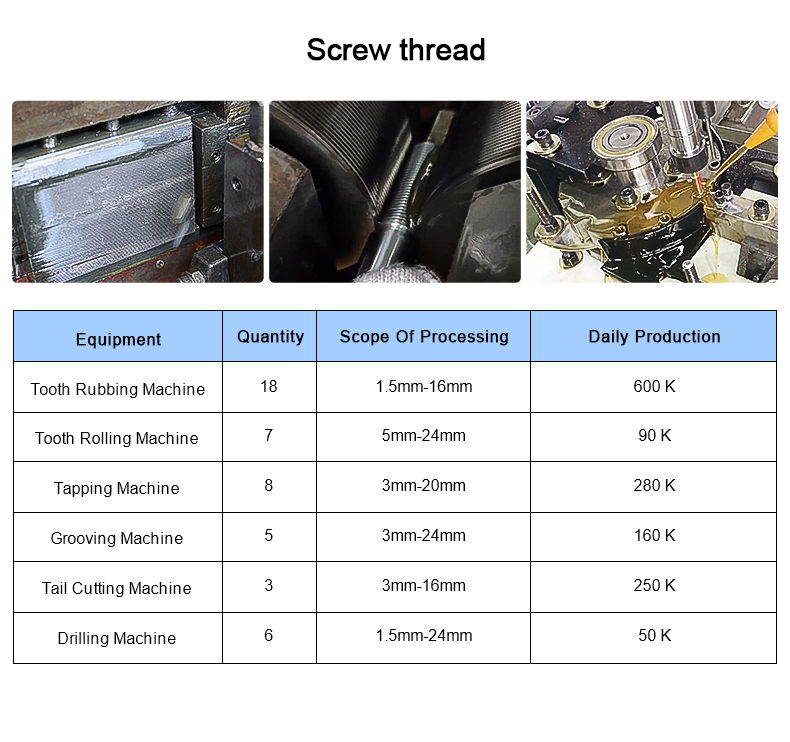
Cup Head Safety Wire Bolts are specialized fasteners designed to secure components in high-vibration or critical applications where loosening could lead to mechanical failure. Here’s a detailed description:
Features:
-
Cup Head Design – The bolt has a rounded, domed head (similar to a button head but with a deeper cup shape) that provides a smooth, low-profile finish while allowing for secure wire attachment.
-
Safety Wire Holes – The head typically has two small, diametrically opposed holes drilled through it, enabling the threading of safety wire to lock the bolt in place.
-
Material – Often made from high-strength materials like stainless steel (e.g., AISI 304, 316) or alloy steel (e.g., Grade 8, Inconel) for corrosion resistance and durability.
-
Thread Type – May feature fine or coarse threads depending on the application (e.g., ANSI, metric, or aerospace standards).
-
Finishes – Common finishes include passivated, zinc-plated, or anodized coatings to prevent rust and wear.
- Cup head safety wire bolt
Applications:
-
Aerospace – Used in aircraft engines and control systems to prevent bolt loosening from vibrations.
-
Motorsports – Secures critical components in race cars and motorcycles.
-
Military/Defense – Ensures reliability in weapon systems and heavy machinery.
-
Industrial Machinery – Locks bolts in high-vibration environments like turbines and pumps.
Safety Wiring Method:
-
A stainless steel wire is threaded through the holes in adjacent bolts and twisted tightly, creating a loop that prevents rotation and loosening.
- Cup head safety wire bolt
Standards:
-
Complies with MS, NAS, or AN specifications (common in aerospace).
-
May also meet MIL-SPEC requirements for military applications.
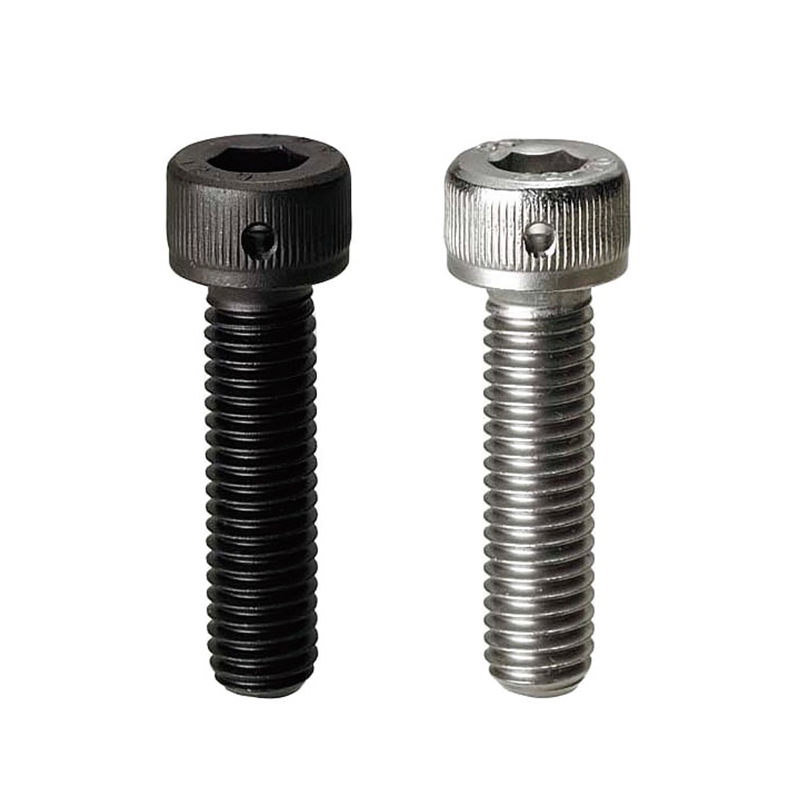

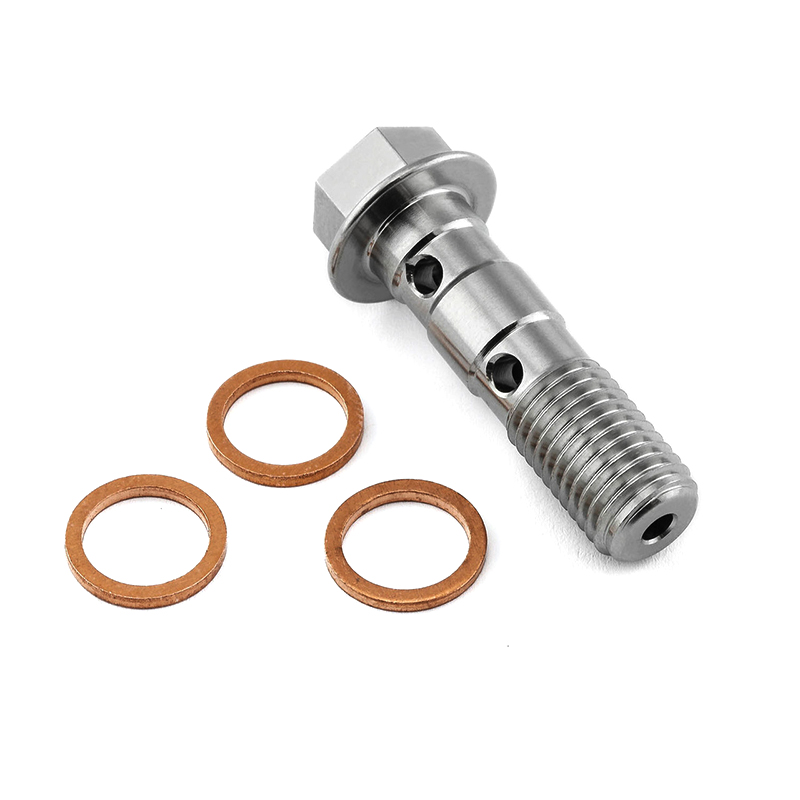
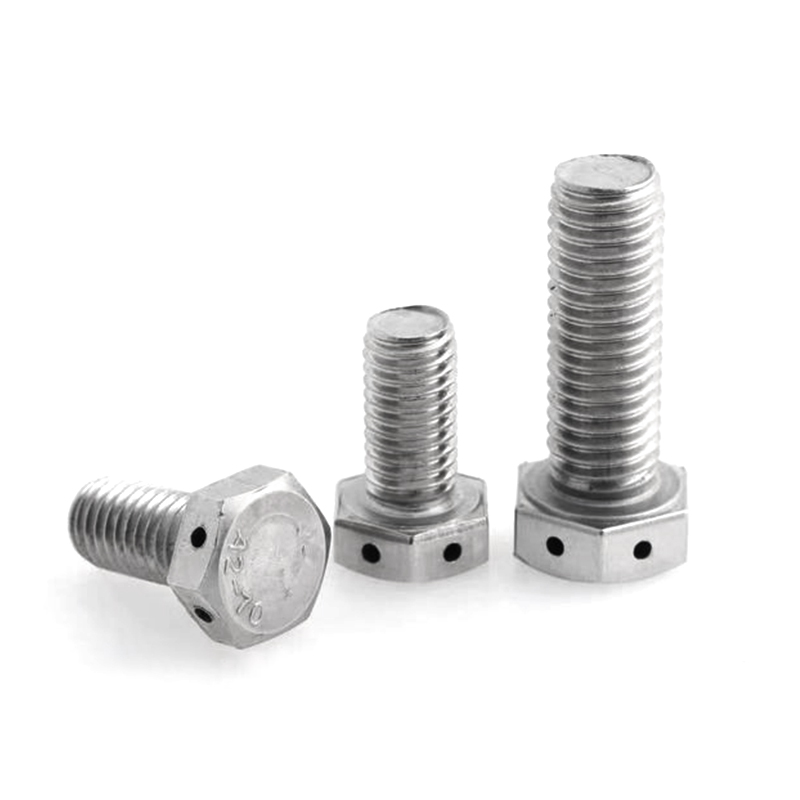
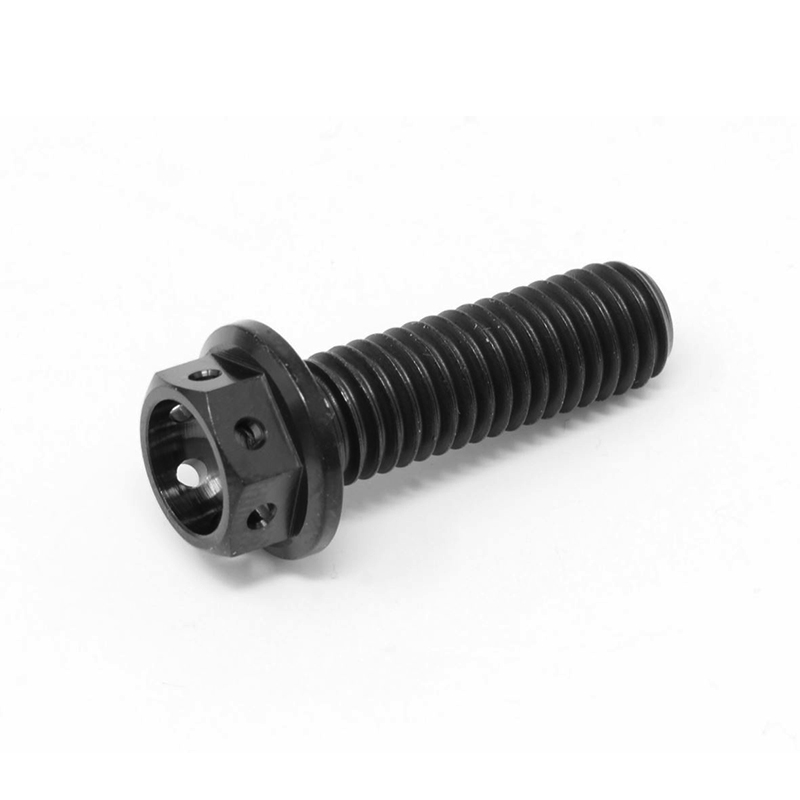
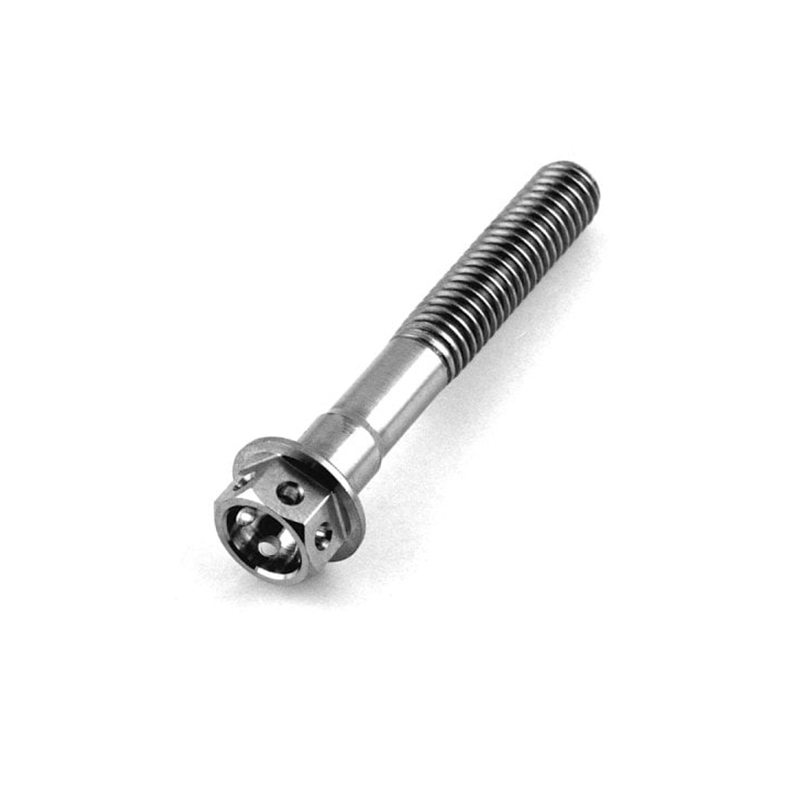

Reviews
There are no reviews yet.